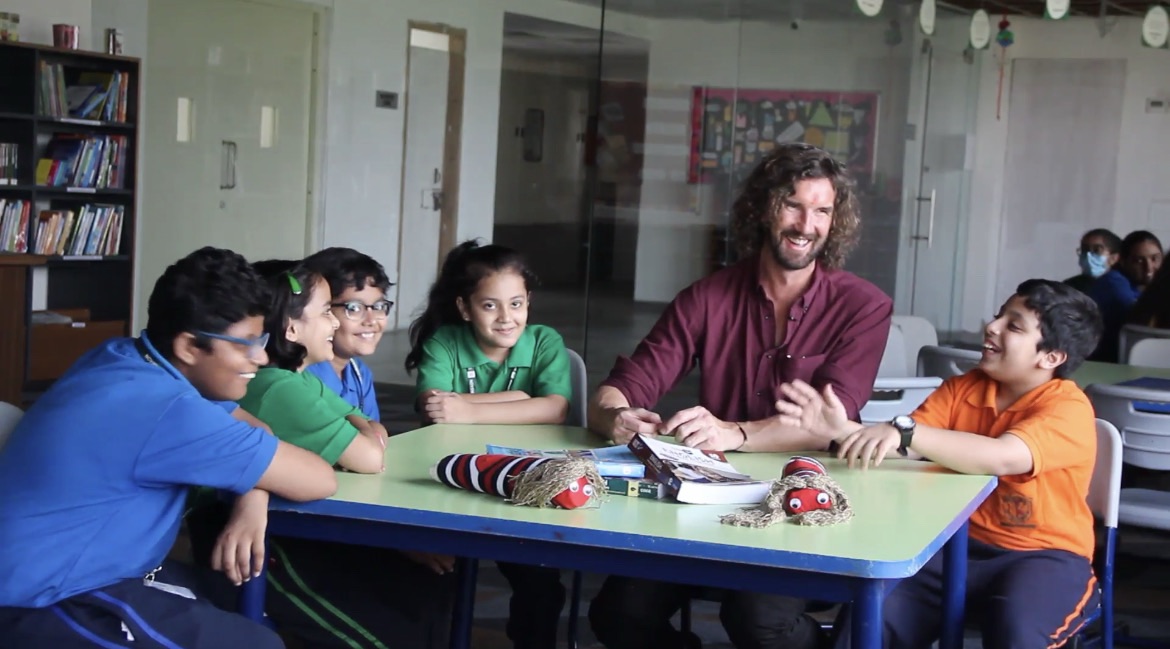What makes a good school culture?
Culture is shaped by five interwoven elements.
Fundamental beliefs and assumptions.
The things that people at your school consider to be true. For example: “All students have the potential to succeed,” or “Teaching is a team sport.”
Shared values.
The judgments people at your school make about those belief and assumptions — whether they are right or wrong, good or bad, just or unjust. For example: “It’s wrong that some of our students get grades where others receive percentages.”
Norms.
How members believe they should act and behave, or what they think is expected of them. For example: “We should talk often and early to parents of young students about what it will take for their children to reach their potential.”
Patterns and behaviors.
Or the way people actually act and behave in your school. For example: There are regularly-scheduled parent engagement nights around school; there is active participation at weekly team curriculum meetings.
Tangible evidence.
The physical, visual, auditory, or other sensory signs that demonstrate the behaviors of the people in your school. For example; teachers arriving early in the morning to be prepared for class, or staying back late without instruction to get on top of work.
How is your school culture?









